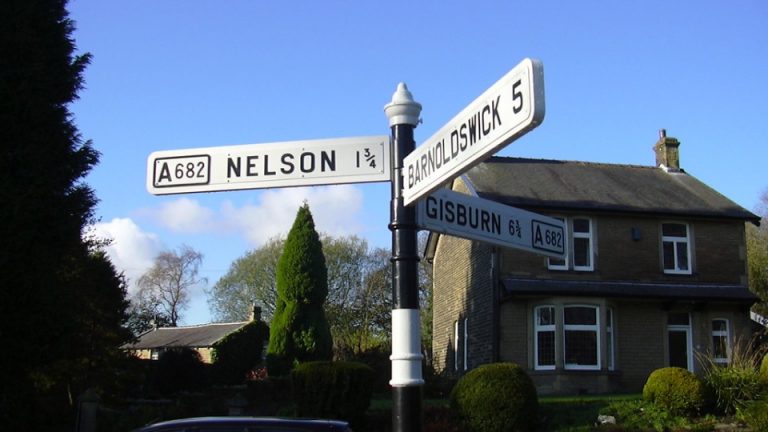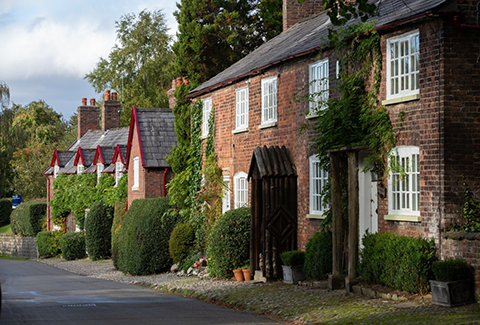
Japanese Knotweed is an invasive species which can send roots 3 metres deep and 7 metres in any other direction. It’s known to be able to break through concrete and brickwork meaning that it can quickly take hold and undermine the structural integrity of a building. An internet search quickly reveals the full extent of the story: there are people who have even found Japanese knotweed breaking through the inside walls and floor of their home.
As you might expect, there have been many attempts to find a way to get rid of this persistent and problematic plant, some are more practical than others. One farmer who was troubled by the appearance of the weed worked out that a combination of Goats and Pigs allowed to roam in the area was effective! The goats ate the visible stems while the pigs were able to snuffle up the roots.
Thankfully the latest government advice does not make reference to goats or pigs. In fact, it advises people to search for a special herbicide which can attack the entire plant from the leaves down to the roots.
Despite there being several viable solutions, this unwanted species is making life complicated for people in the property market because of restrictive lending practices of banks and mortgage lenders. In some cases, they will actually refuse a mortgage if Knotweed has been discovered within a short distance of the property.
Knotweed now effects almost every major town and city in the UK, and although it can be treated and effectively removed, the process is lengthy and expensive. Check your area online with this online heat map: https://environetuk.com/exposed-japanese-knotweed-heat-map.
The UK government spent £70million eradicating it from the site of the London Olympic games in 2012. The problem is that this plant can grow back if even the smallest section of root is left behind, and for that reason disposal is also extremely difficult. Garden refuse containing Japanese Knotweed is classified as controlled waste and can only be taken to licenced land fill sites.
The latest legal controversy to threaten property sales is the new rule that makes it the buyer’s responsibility to discover any problems. Some vendors have answered ‘no’ to questions about the existence of knotweed on a property when the opposite is true. That’s not to say that the vendor acted misleadingly. Imagine if you had large garden, it’s unlikely you’d be aware of every plant species on the property. A vendor can simply tick a “don’t know” box, absolving them of any responsibility and this is by far the safest option for any selling a property. This leaves the buyer then having to commission their own survey of the property which can be costly and sometimes prohibitive.






